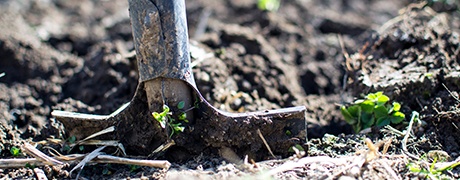
There are various definitions of ‘organic reach’ but our preferred one is Facebook’s: “Organic reach is the total number of unique people who were shown your post through unpaid distribution.”
If social media metrics were movies, organic reach would be The Shawshank Redemption. If they were athletes, organic reach would be Usain Bolt and if they were agencies it would be Fuelius (couldn’t resist).
Seriously, though – if you’re able to optimise your social media strategy for organic reach, you can become a forerunner in your industry on social media without spending anything. Contrary to popular belief, Facebook does and always will reward good organic content ahead of paid content; the basic concept of Facebook wouldn’t work if this weren’t true. But a lot of what you need to know to fine-tune your budget for organic reach isn’t made obvious to people using the platform. So we’re here to help you out.
How to calculate and use your Engagement Rate
The largest influencing factor on the organic reach of a single post will always be ‘EngagementRate’. If you don’t know what EngagementRate is – it is simply the ratio of reach to engagements. Here is the sum to work out engagement:
Engagement Rate = Number of engagements/Reach
The higher the engagement rate of a post, the more people who like your Page will see the post, as well as a greater number of people who don’t like your Page. Once you start to understand that, you’ll begin to see why Facebook pages that are optimised for organic reach grow exponentially.
How do you get a high Engagement Rate though? Well, there are thousands of ways but we’ll start with the obvious stuff people often miss:
• Create content specifically for the people who like your page.
• Be smart, write content that naturally evokes a like. They’re the easiest engagements to get.
• Don’t post sales messages unless the offer is good enough to warrant a like.
Understanding Facebook page scoring
Hopefully, you now understand Engagement Rate! Time to get your glasses on, we’re about to get nerdy. Ready?
Facebook used to be a little more open with its algorithm, back when it was called EdgeRank. Since then, it’s scrapped the name EdgeRank without replacing it and continued to change the algorithm behind the scenes. Importantly though, the basics remain the same.
Facebook loves assigning scores to things – annoyingly the scores are invisible, but it’s still essential that you think about them when strategising. There are two types of scoring that you need to be aware of. Annoyingly, they don’t have names anymore, so we’ll just call them PageScore and AffinityScore.
PageScore is essentially Facebook’s rating of your page, it uses a combination of factors to decide on your PageScore but the major one is an average of the engagement rates already mentioned. The reason you want a high PageScore? The ‘starting point’ for all of your posts will be higher – meaning organic reach will be boosted, giving you more opportunities to maximise any/all organic metrics you have for Facebook.
AffinityScore is the score between an individual’s profile and your page; again, the algorithm isn’t made available but research has shown us that it exists. The scoring is, once again, heavily based on an engagement rate system – but it also has other influencing factors, such as things like location, individual relationships with the Page and friends’ relationships with the Page.
If you want to increase your organic impressions on Facebook then considering EngagementRate, PageScore and AffinityScore in your output is the best way to start. Simply put, optimise your output for only EngagementRate and your Facebook page can only become more powerful as a marketing tool.
Calculating the value of your organic reach
Did you know that you can actually assign a value to your organic Facebook reach? We’ve built a tool that can help you do this, the Facebook Organic Reach Value Tool allows you to estimate the cost of your reach if you had paid Facebook for it, instead of achieving it organically. So now you can demonstrate return on investment easily – pretty cool, hey?




